

CLIMBING formwork systems from Doka once again proved their efficiency and helped the contractor on Abu Dhabi’s newest elite hotel and apartment complex on the corniche meet the topping out deadline on the landmark development.
The Bab Al Qasr Hotel and Serviced Apartments project, valued at $350 million, is being built across from the opulent Emirates Palace hotel and in proximity to the new UAE Presidential Palace. The project comprises two 36-floor towers with a total built-up area of about 180,000 sq m and a typical floor area of 2,755 sq m. The first tower will house a 412-room five-star hotel, while the second will have 265 serviced apartments.
Façade works, including Moroccan-style stone cladding for the four-storey podium and bronze-tinted curtain-walling, as well as interior fit-out works are currently in progress on the project, following its structural completion in January this year.
 |
Doka at work on The Bab Al Qasr Hotel. |
For the construction of the towers, Turkey-based contractor Nurol was initially using traditional crane-lifted formwork from the four basement floors up to the fourth podium floor. But that was proving to be difficult to manoeuvre in a small area and too slow to transfer up to the next levels – not to mention the extra space and costs of housing the extra crane needed to move the traditional formwork, says an official for Doka.
Doka’s Abu Dhabi branch proposed a much faster core-wall solution, which drastically improved the formwork workflow and allowed Nurol to pick up the pace to meet its project deadline for each floor.
The two concrete cores were cast in advance of the floor-slabs using high-performing Doka’s automatic climbing formwork SKE 50.
For the two core walls, three tower cranes and two concrete placing booms, which were slab supported, were parameters that were considered in Doka’s design. The use of Doka’s SKE 50, which allowed removal of the additional crane from the tight project site, allowed the contractor to save space and time.
Since the climbing formwork had to be installed on a higher level of the structure, Doka designed a special installation method, which used the existing formwork prior to installing the SKE system.
“A six-day cycle was maintained to build the in-situ core using Large-area Top 50 panels and the automatic climbing formwork SKE 50. Work progressed three floors ahead of the slab, in order to maintain separate and efficient zones,” says the spokesman for Doka.
A total of 141 units of automatic climbing formwork SKE 50 were used for the core walls – 71 for that of the apartment block along with 935 sq m of Large-area Top 50 panels; and 70 for the hotel core wall along with 881 sq m of Top 50 panels.
 |
Additionally, to further aid Nurol in the formwork deployment, Doka Gulf offered a full-time onsite technician, who conducted a safety training and certification for SKE operators and provided safety precautions marked on the engineering drawings. The technician saw the whole process through to ensure a smooth start of the project.
“Technically, we chose Doka because its team was able to show us that using the hydraulically-lifted automatic climbing formwork SKE 50 in combination with Top 50 panels was far faster than the traditional crane-lifted formwork we were initially using,” says Tamer Zourob, technical manager of Nurol.
Maximum safety was ensured by climbing with the SKE system because the climbing scaffolds were anchored to the concrete at all times; extra-wide working platforms were fully enclosed; and the climbing operations could be managed with precision by using a remote control.
The project, owned by Emirates Morocco Trading and General Investment Company (Emroc), is scheduled for completion in the first quarter of 2013. The luxury hotel and serviced apartments will feature food and beverage establishments, a Moroccan-themed spa, health club and other facilities.



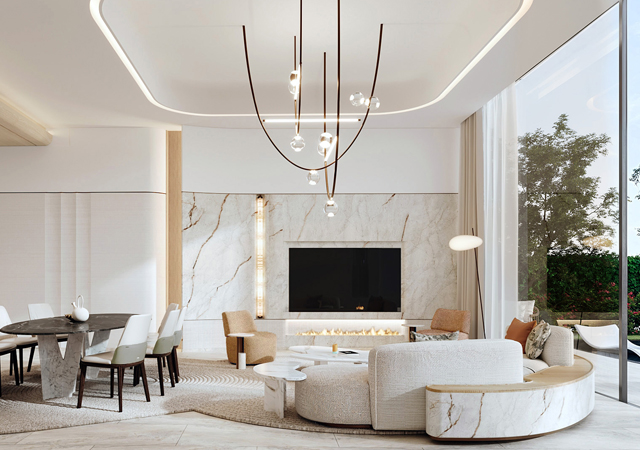
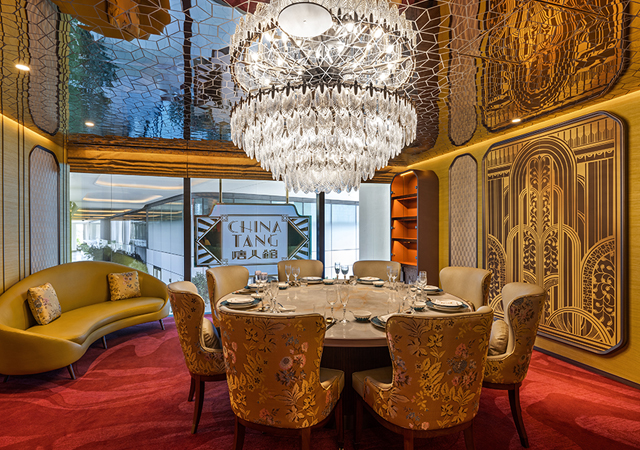
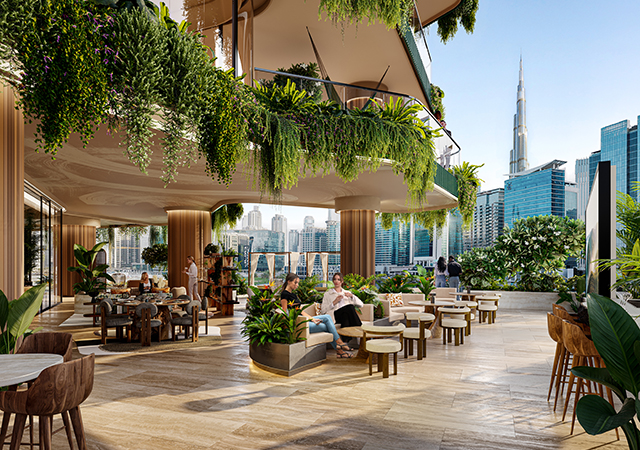
.jpg)
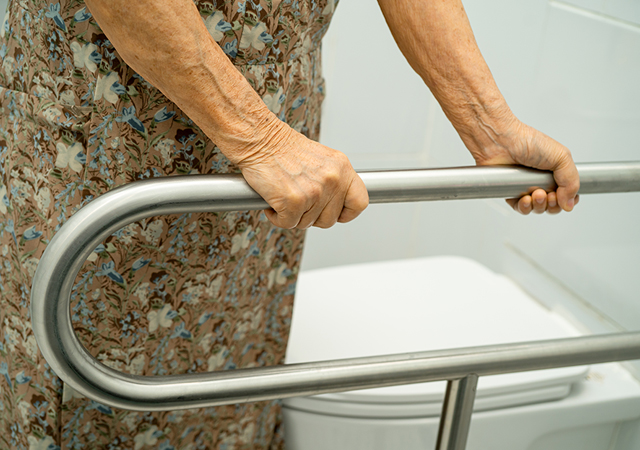

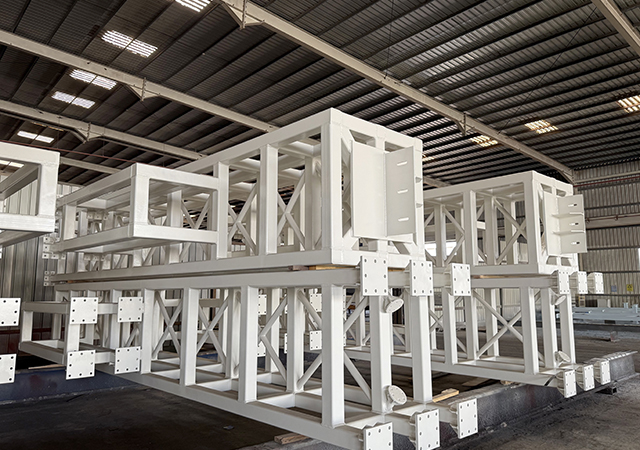




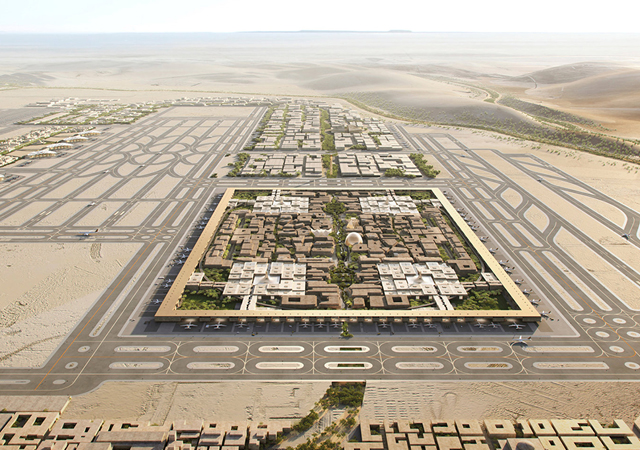
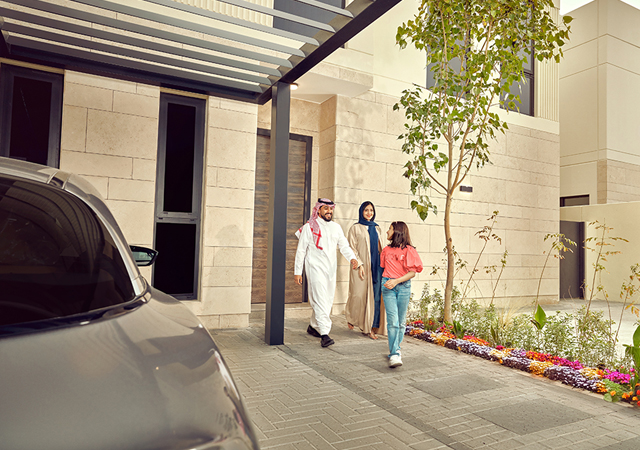
.jpg)
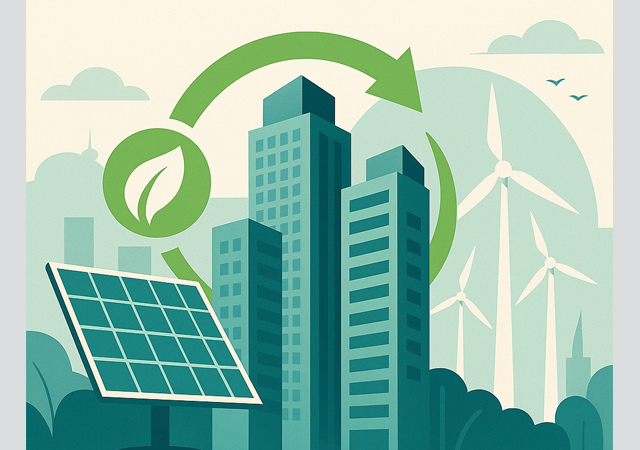



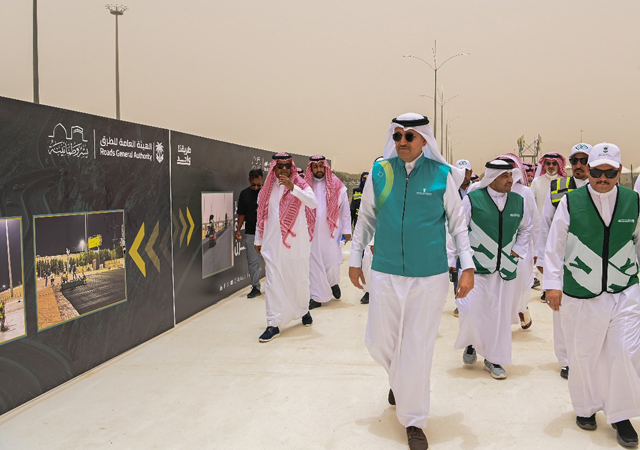

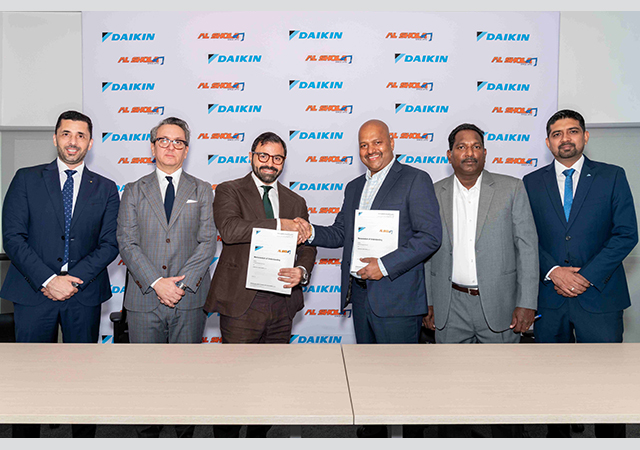

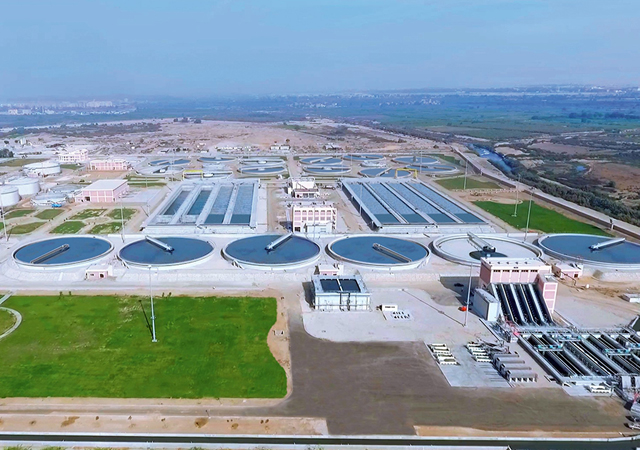
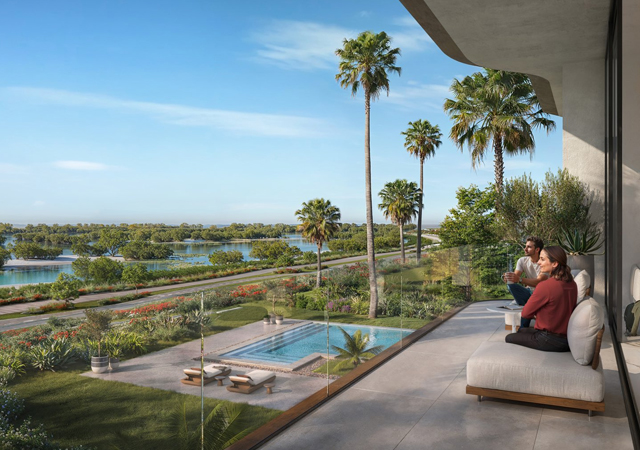
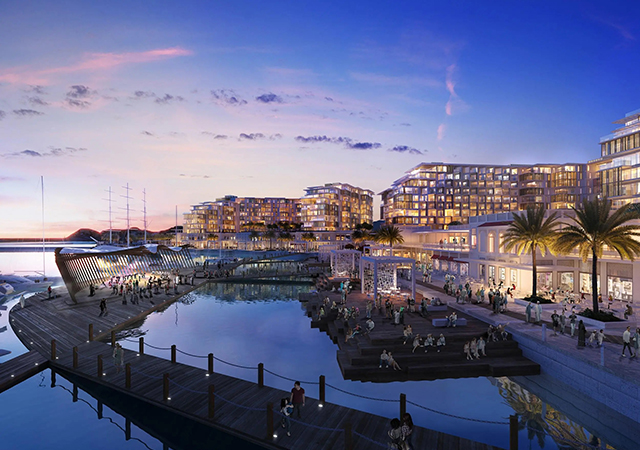

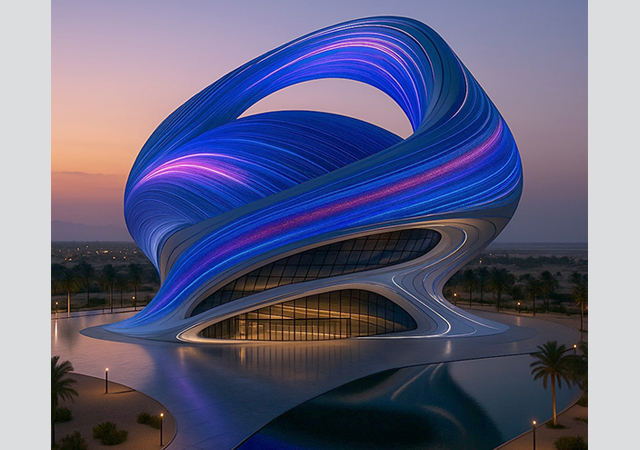

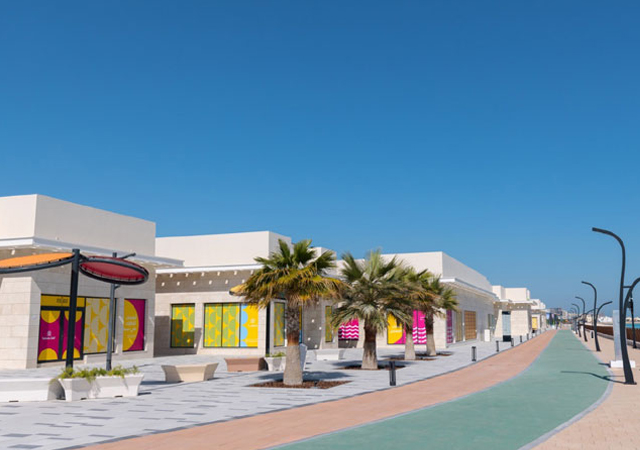

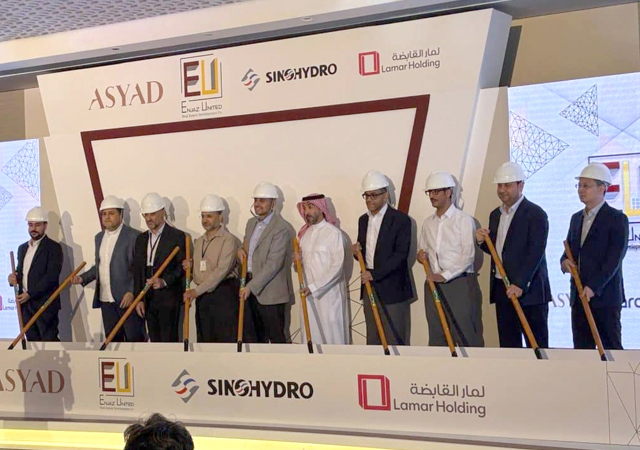
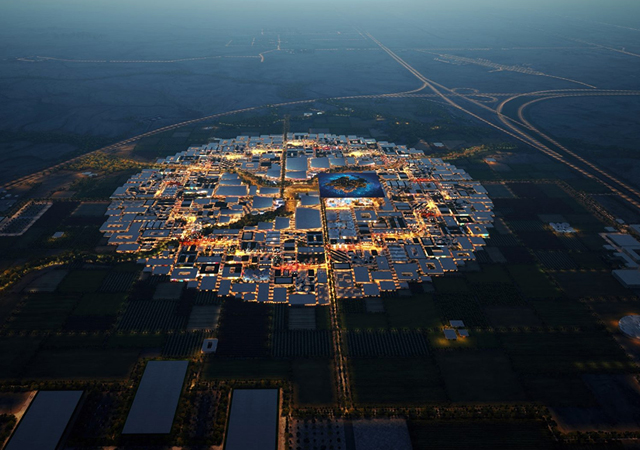
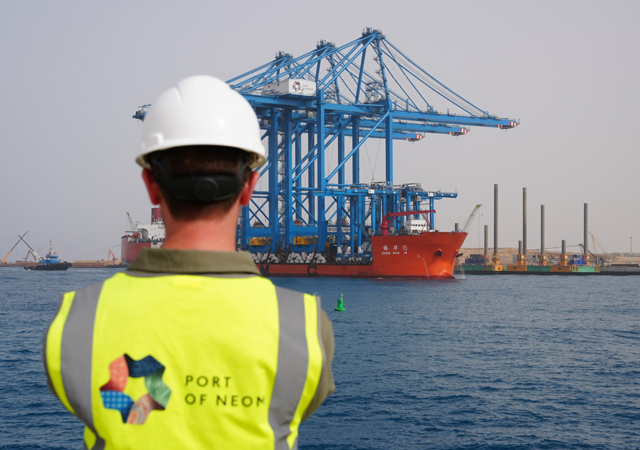
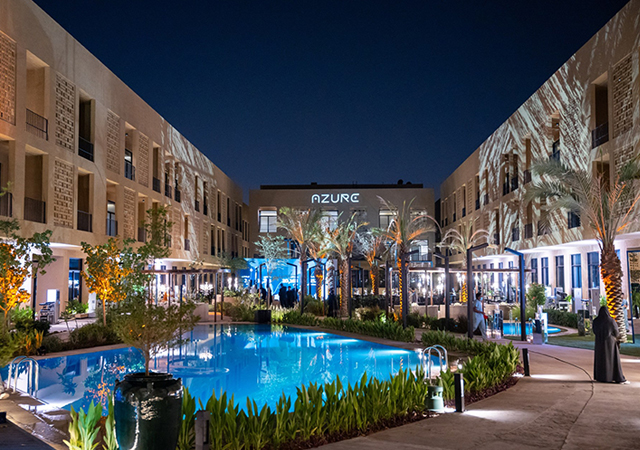
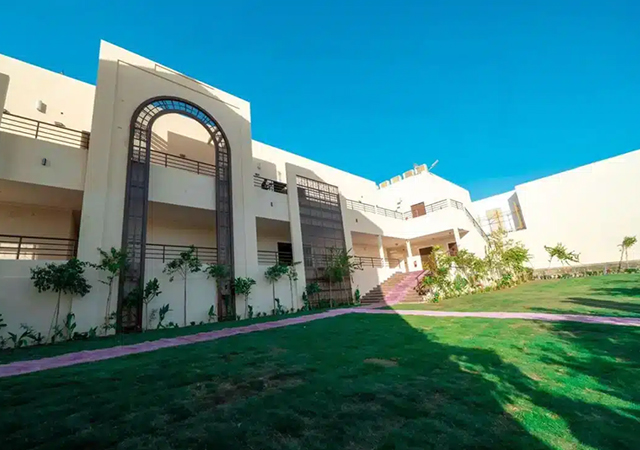


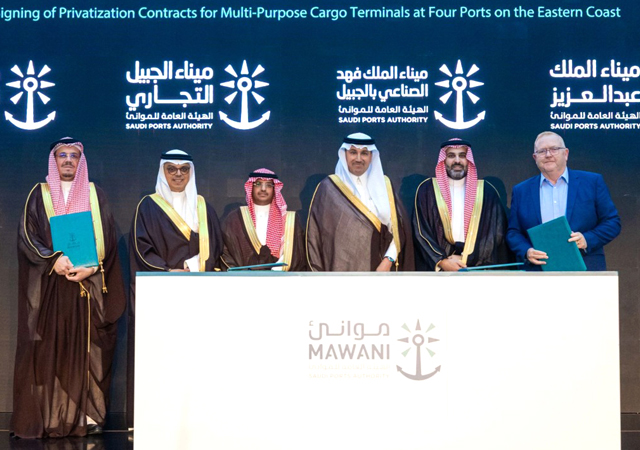
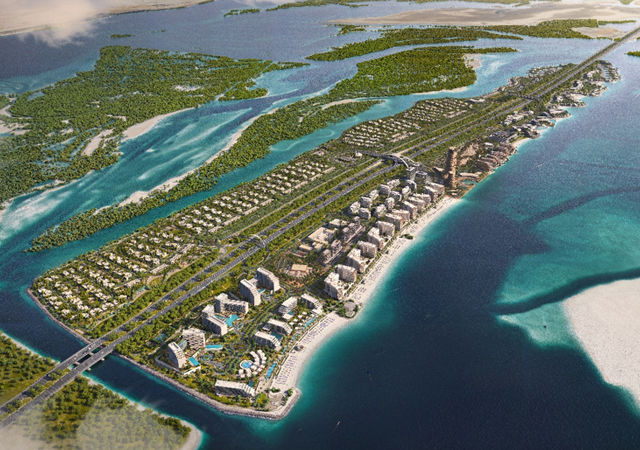

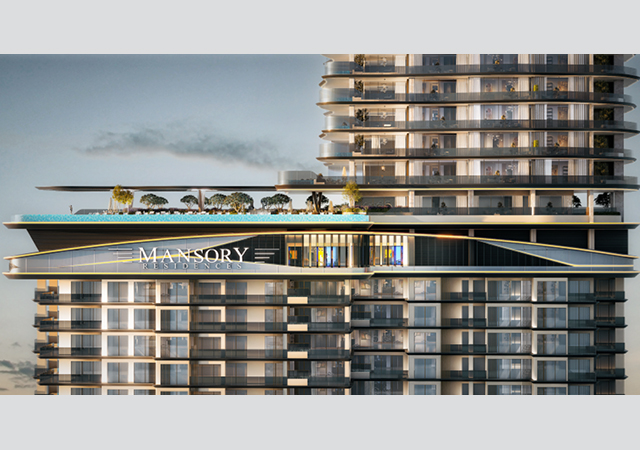
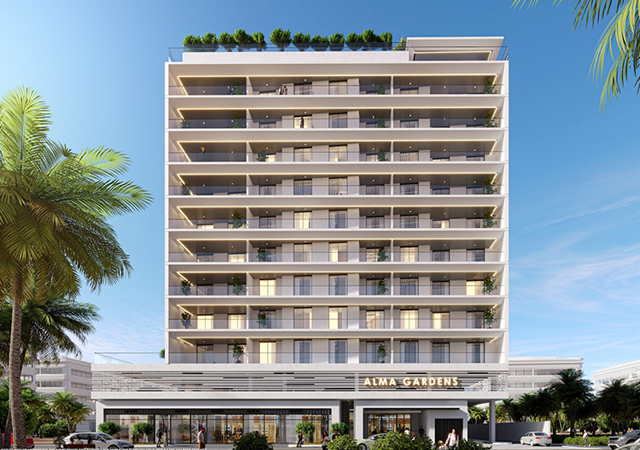

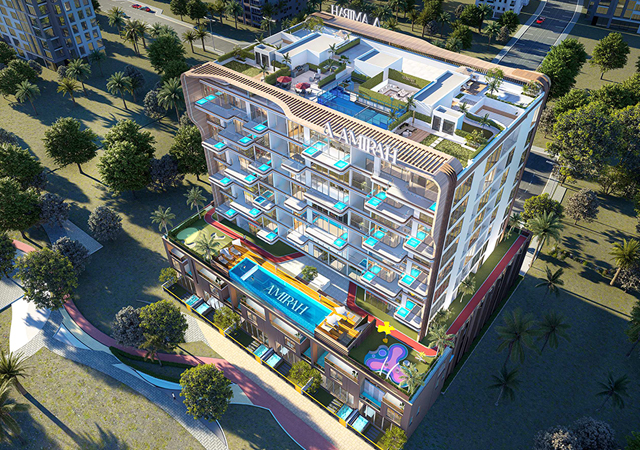
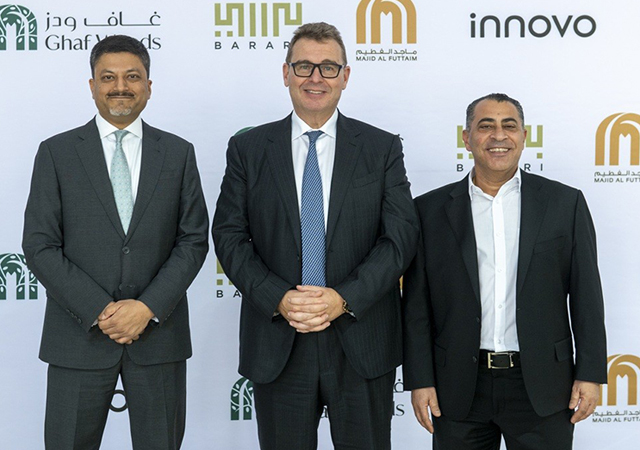
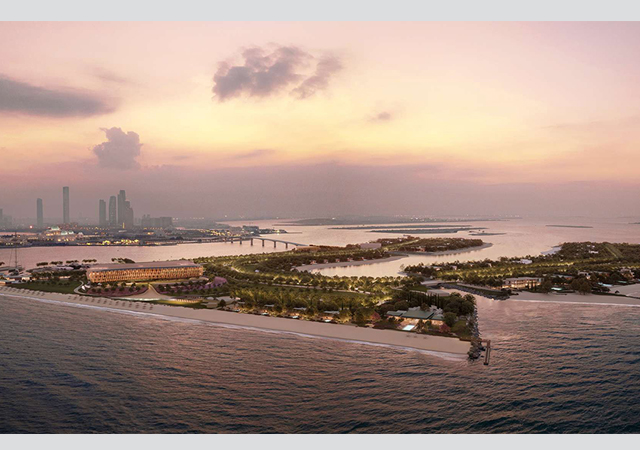
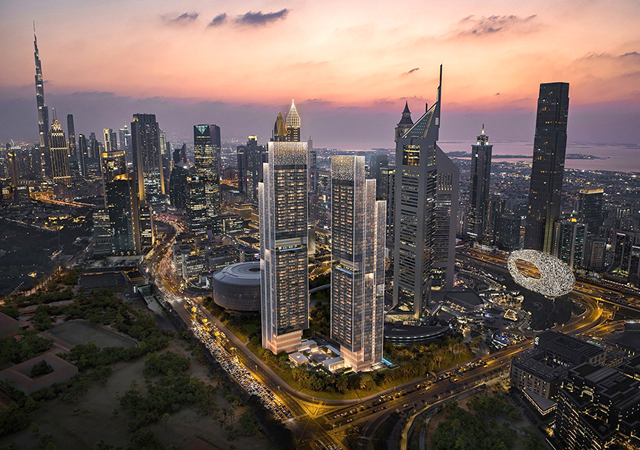
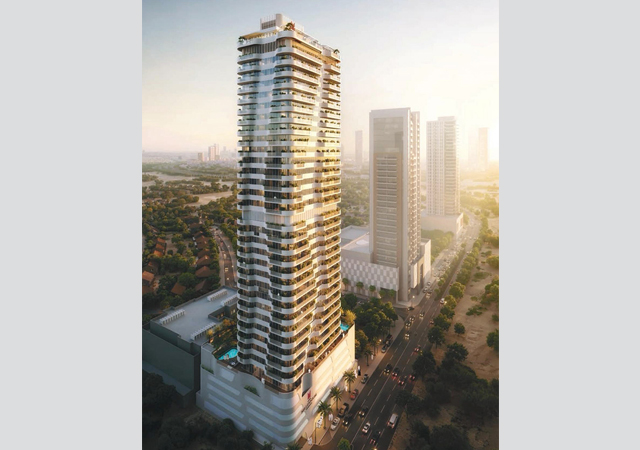
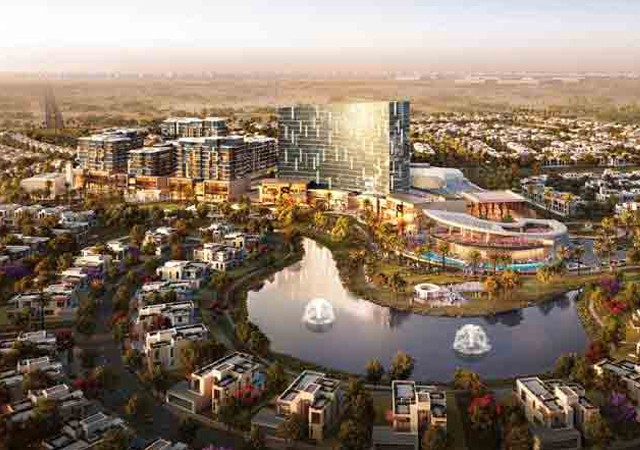
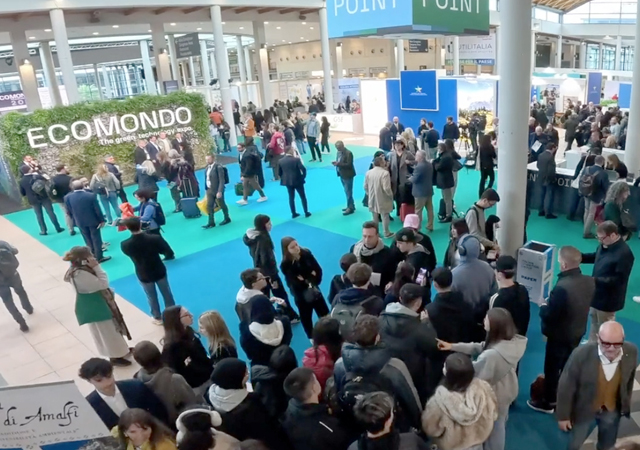
.jpg)





